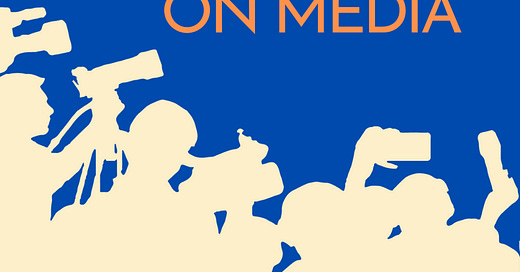We Can Take Pictures of Police and So Can You
Common sense would go a long way toward avoiding conflicts
The city of Des Moines has agreed to pay $125,000 to settle a lawsuit with a guy who took pictures of police officers outside the police station. The man, standing on public property, thought it was wrong that some officers were parking illegally. Police thought he was acting suspiciously, detained him for questions and then let him go, but only after keeping his cellphone and camera for two weeks. The man sued, alleging violations of his First Amendment rights. After several years of battling in court, the city agreed this week to settle.
This sounds to me like a guy itching for a fight with police. He got one, and it’s too bad taxpayers get stuck paying him $125,000. I can see the police department’s point of view. The man took video of an off-duty female officer getting into her personal vehicle. The incident came two years after another local man with a long list of gripes about police took video of them and ended up assassinating two officers as they sat in their patrol cars.
But there’s an important principle here in support of the citizen who took the pictures outside the police station. Both journalists and citizens who are standing on public property – meaning in the street or on the sidewalk – can take pictures of whatever they want without interference from police.
Every day, journalists show up at the scene of a crime, fire or accident and need to take pictures to show viewers and readers what’s going on in their community. Usually, police and fire personnel understand we’re there to do our jobs and they leave us alone. But occasionally, a cop with a bee in his bonnet wants to exert his authority and throw us out of a scene. I recall times where our photographer was standing on the sidewalk across from a news scene alongside neighbors who were taking their own pictures, but an officer would come up and tell US to move. That made no sense because our photographer was on public property doing nothing more than what every other person on the sidewalk was doing. The officer was clearly targeting us for no other reason than he felt that he could.
We always instructed our crews not to get in an argument with law enforcement at a news scene. Emotions can run high if there’s been a tragedy of some kind. We may not like it, but if we get tossed out, we told our journalists to follow police orders and let managers back at the station take up the case with the police chief after the fact. We might lose out that day, but the goal would be to prevent future problems at the next news story.
One time, an officer went so far as to seize the videotape out of our photographer’s camera, clearly an outrageous thing to do. We placed one call to police and within an hour, the assistant police chief showed up in the newsroom with our videotape and a sincere apology.
These days, police departments do a much better job working with the media because they have trained public information officers who know how to handle media. The good PIO’s understand we have a job to do. They act as intermediaries to get us what we need while not interfering with officers doing their jobs.
With cellphone cameras everywhere now, citizens have the same rights to videotape police actions on public property. Without citizen video of Minneapolis police officer Derek Chauvin kneeling on the neck of George Floyd, Chauvin might not have been convicted. That hasn’t stopped some police departments and legislatures from trying to restrict our rights. Arizona’s legislature passed and the governor signed into law a bill this year making it a crime to videotape within eight feet of an officer if the officer warns the photographer to stop. Thankfully, a federal judge has issued an injunction to block the law, after journalists and the ACLU sued on First Amendment grounds.
Common sense would go a long way toward avoiding conflicts. Journalists and citizens should stand well back from officers without getting right in their face with a camera. That’s why God invented zoom lenses. You can stand a respectful distance away and still get the pictures you want. If you run up to anyone and stick a camera in their face, don’t be surprised if you get a hostile reaction. But if a cop orders you to move, I would not recommend arguing very much. They have a right to control a scene. You can always file a protest later.
And officers need to respect the law. On public property, anyone with a cellphone has the right to take pictures of whatever we want, even if police don’t like it.
Welcome to Kyle Munson, the former Des Moines Register columnist who has joined the Iowa Writers’ Collaborative. You can read Kyle’s column and others by clicking below.




Thanks for the reminder. Important element of freedom of speech.
Reading your columns takes me way back each time, Dave. I remember being in some touchy moments with the Sioux City police and certainly our reporters were as well! As always your balance perspective is invaluable.